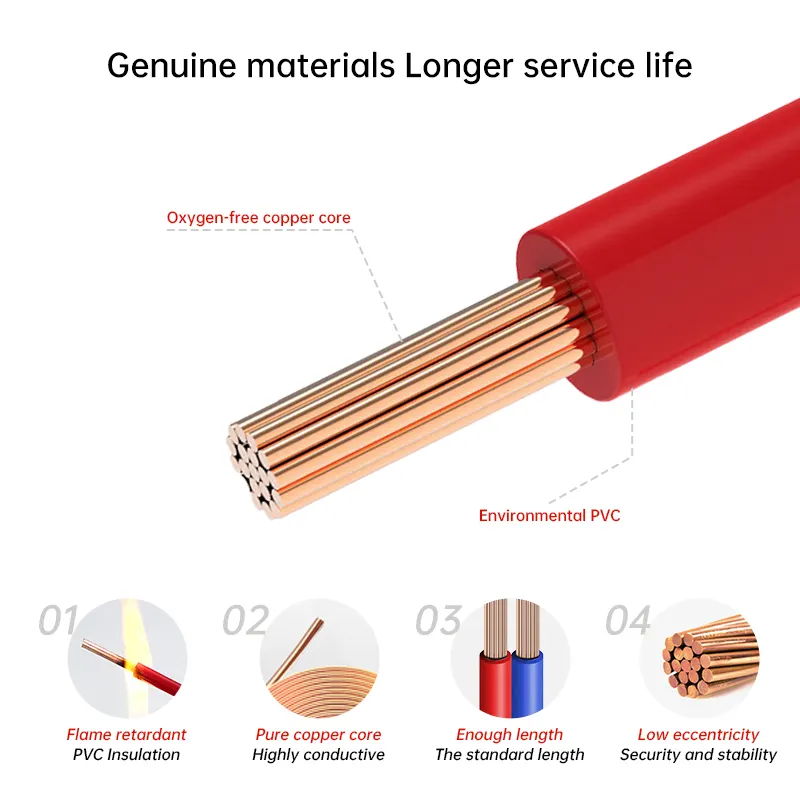In modern construction, ensuring safety in the building is vital. The use of fire-resistant cables is essential toward fire safety. These cables have the capacity to withstand high temperatures and disables the spread of fires. Therefore, these cables are vital in fire safety strategies. Building owners may also want to ensure the structures are fire-safe and fire resilient. This becomes possible through the use of legally mandated fire-resistant cables. This article seeks to explain some of the critical factors that users of fire-resistant cables need to know, especially regarding lifesaving and property safety.
Fire hazardous cables are used as a support or back-up system for fire alarming purposes, emergency lighting systems, fire communicating systems, and other information communicating systems during emergencies so that the system will control its critical functionalities even without main power. This will assist in mitigation efforts for fire-related damages. Safety equipment will also be retrieved with minimal damage during a fire event. These systems are crucial during emergencies, as they help control fire spread, which protects several valuables. Through the use of fire-resisting cables, significant monetary assets are safeguarded, minimizing property damage.
The other major benefit of fire resistance cables is that they assist with compliance requirements. Oftentimes, construction building codes and safety regulations require the use of fire resistant materials. These cables help to ensure that a building meets both local and state safety requirements, therefore eliminating possible fines and legal complications. Also, compliance with these regulations can improve a building’s marketability as safety features are now increasingly valued by tenants and buyers.
Compliance with regulations reinforces fire resistant cables assistance with overall business cost efficiency. The investment one has to pay to install these cables compared to standard ones may be more. However, the expenses that could be incurred due to fire damage, legal responsibilities, and business downtime far outweigh the investment. Because of fire resistant cables, maintaining these systems lowers the burden for expensive repairs and insurance claims leading to an improved financial investment. In addition, the fire resistant cables are more durable than standard ones therefore reducing the rate of having to be replaced providing cost efficiency.
Recent innovation in fire-resistant cables has led to the creation of new materials that withstand flames and emit smoke in a less toxic manner, if at all. Minimizing the risk of fire and smoke inhalation is crucial in today’s world which is focused on health and well-being. Because of this, fire-resistant cables are now becoming an important consideration in modern construction, complementing the growing emphasis on sustainability and health in living environments.
To summarize, the passive adoption of fire resistance cables enhances building safety, easy regulatory pass, and incur low economic cost in the long run. These would foreseeably increase in the evolving construction market as there is growing need for innovative safety solutions such as fire-resistant cables. Fire safety technologies on modern buildings and infrastructure is a top priority that contractors and building owners must keep track of to safeguard lives and investments.

